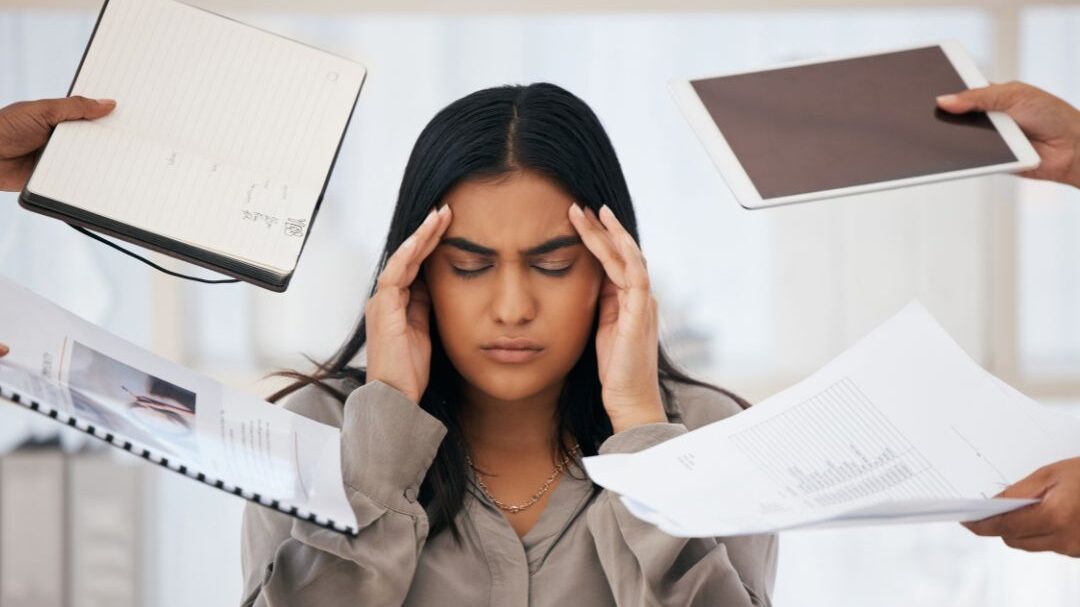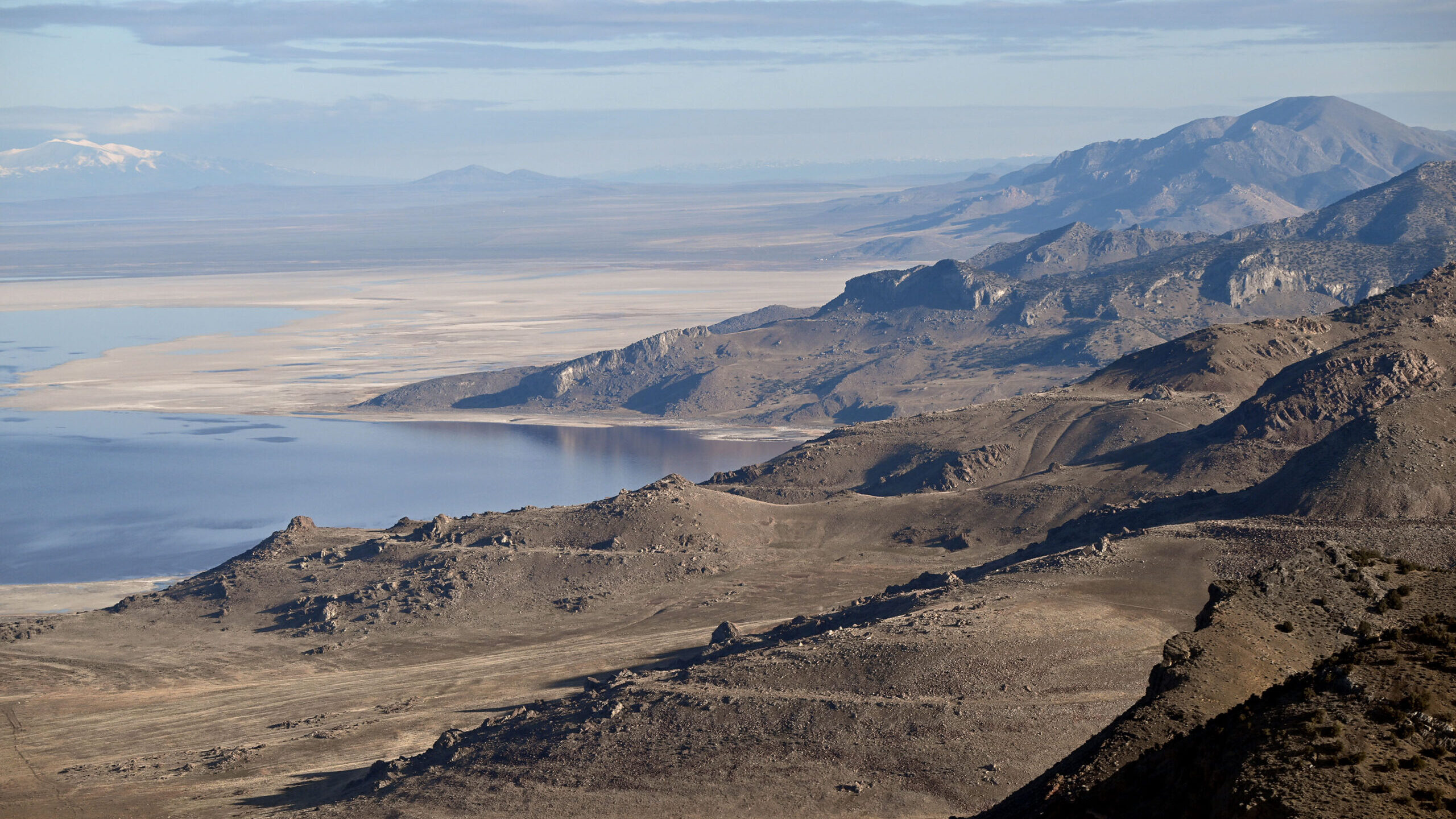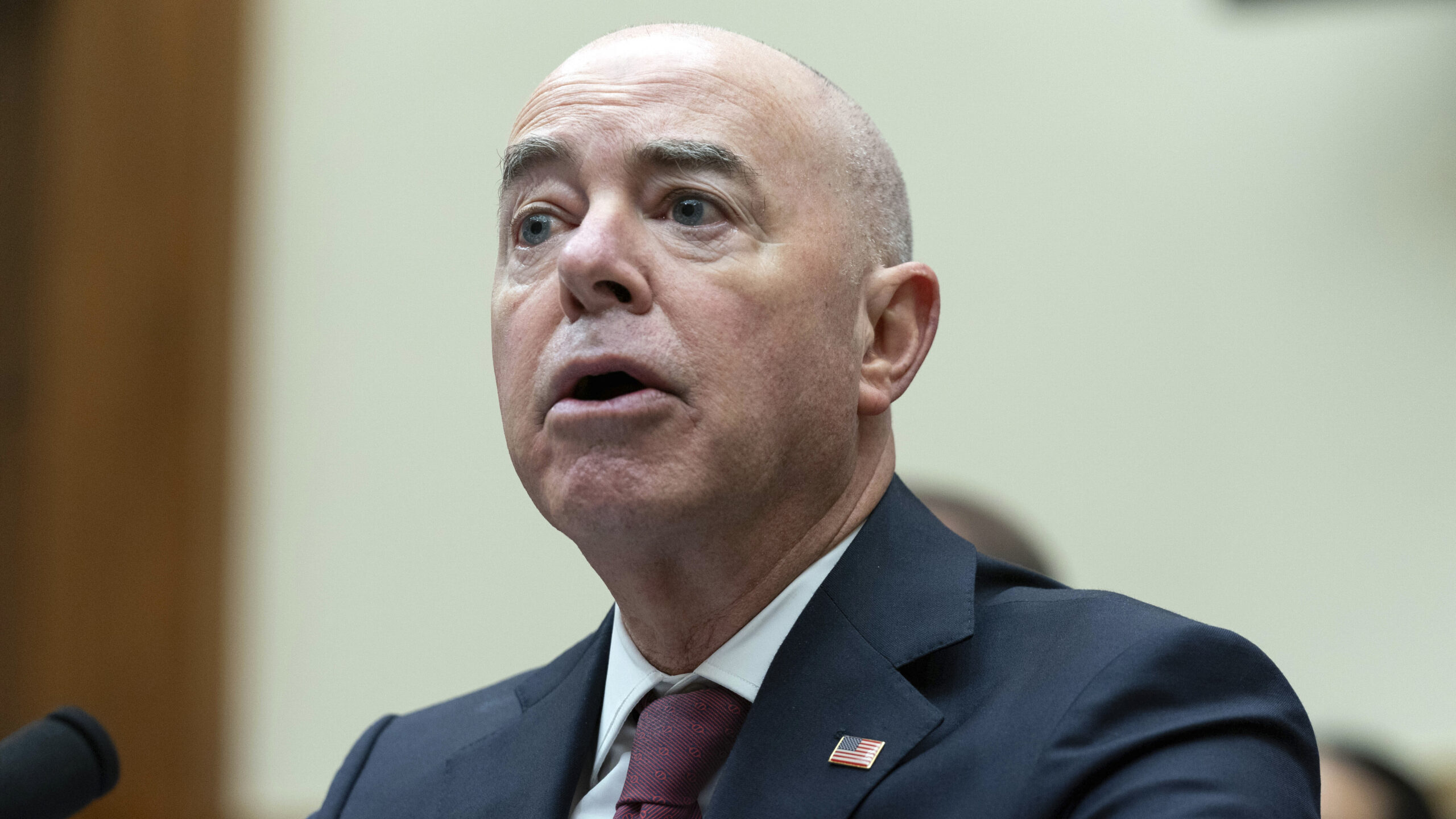Despite some progress, Utah still lags when it comes to women in politics
Feb 5, 2021, 4:56 PM | Updated: 4:58 pm

The Utah State Capitol. (Derek Petersen/KSL-TV)
(Derek Petersen/KSL-TV)
SALT LAKE CITY — Despite progress over the last decade in terms of female representation in politics, the most recent update from the Utah Women and Leadership Project (UWLP) found that Utah ranks below the national average in several areas of government.
UWLP began tracking data in 2014, after a national report from the Center for American Progress ranked Utah last in terms of women in leadership positions. That same year, other reports found the Beehive State below the national average in the gender wage gap, educational attainment, women holding management roles and female legislators.
“When we know where we’re at, then we have a metric,” said Susan Madsen, founder and director of UWLP. “Change happens when we understand where we’re at, so that we can set goals and see progress — or lack of progress — to help motivate us.”
Although the state showed improving numbers of women in politics, Madsen pointed to several areas where Utah lagged behind the national average.
The most recent study, which was released Wednesday, is the third iteration of this kind of data. UWLP began tracking metrics in 2014, following up with its research in 2017 to detect any progress.
The third report examines Utah’s current standing in 2020, comparing it to the state’s past data as well as the national average for each area.
Women in Congress: Utah holds 0% female representation
Female representation is on the rise in Congress, with women holding 142 of the 535 congressional seats. A record number of women now serve in the House of Representatives, with 118 of the 435 seats (27.1%) held by women.
Not one of them is from Utah.
While there are six in Utah’s congressional delegation, each of those seats is held by men. The last time a woman represented Utah in Congress was Mia Love, who was replaced by former-Rep. Ben McAdams in 2018.
Before that, there hasn’t been a Utah woman elected to Congress since 1995.
“Oftentimes people say, ‘Well one person doesn’t matter,'” Madsen said. “Yes. One person does matter when it comes to women in politics.”
Only four women have served in Utah’s Congress since it was granted statehood in 1896. According to Madsen, it’s crucial for young girls to see women in leadership positions.
“If we don’t see that representation, women and girls […] just don’t aspire as much or they don’t think that women belong in those positions,” she said. “In terms of role models, it’s very important to have women in those positions — even one.”
It’s also crucial for decision making, Madsen said, because of the different perspectives brought to the table. As a result, progress may be hindered if there are only men representing Utah issues, according to Madsen.
“We need to send more of a diverse pool, and we do have a man of color in the mix now which should be helpful,” Madsen said, referring to Rep. Burgess Owens who unseated McAdams in the 2020 election. “But we need women.”
Statewide offices: Utah improves slightly as it elects Lt. Gov. Henderson
Looking to state government, Utah made a slight improvement in 2020 after voters elected Deidre Henderson lieutenant governor — bringing the state to one woman in a state executive office.
In 2017, that number sat at zero. Utah now sits at roughly 20%, which is lower than the national average at 30%.
This reflects a larger improvement in Utah, as two women ran for lieutenant governor in 2020 for both the Republican and Democratic parties.
However, the state still has work to do, according to Madsen.
In fact, Utah has never elected a female governor. Although Olene Walker served as governor from 2003-2005, she wasn’t elected to the position. Rather, she finished former-Gov. Mike Leavitt’s term after his nomination to serve as secretary of the U.S. Department of Health and Human Services.
Before that, the only other woman to serve in a statewide office was Jan Graham, who served as attorney general from 1993 to 2001.
State legislature: Utah ranks 40th in the nation
Voters elected a record number of women to state legislatures across the country in the last year. In 2021, a record-breaking 2,276 women are serving as lawmakers making up about 30.8% of the country’s legislators, according to the Center for American Women and Politics at Rutgers.
Despite the rise, Utah slipped in its ranks for female representation in its state legislature.
“Nationally, when you look at states there’s almost 31% of state legislatures have women,” Madsen said. “In 2020, Utah was ranked 32nd in the nation, which was up from where we were at. In 2021, we’ve slipped to 40th. So that’s just a difference of one woman.”
How? Utah experienced a 2% decrease in female legislators after the 2020 election. As a result, 24% of Utah’s Legislature is female.
“When you don’t have that perspective, it really means that decisions are being made and bills are being supported and public policy is being drafted in ways that we’re missing the perspective of half the population of Utah,” Madsen said. “To me, that’s one of the most important things.”
County government: Utah sees slight increase, but sits below national average
Utah experienced a slight increase in its female representation within county governments, rising from 4.3% in 2017 to 111% in 2021. However, it still sits below the national average which found women make up roughly 24.8% of elected county positions nationally in 2015. (Updated data is largely unavailable for county positions.)
“We’re still low,” Madsen said. “Lower than the nation. We need more commissioners and people on councils.”
Despite the rise, there’s a noticeable divide in the positions most likely held by women compared to men. Men are more likely to hold legislative positions within county commissions and councils (86%) where as women are more likely to serve as treasurer, clerk/auditor or recorder (53.3%).
Mayors: Utah sees significant increase, almost doubling 2017 data
Women being elected to mayoral offices is on the rise nationally. In Utah, there’s been a significant increase — rising from 9% in 2017 to 17.3% in 2021.
“That was an exciting piece of progress,” Madsen said.
The increase represents a larger trend across the U.S. In 2019, the percentage of female mayors in cities with a population of at 30,000 people increased to 22% — a 3.2% increase from 2017.
City councils: 47 councils in Utah hold no women
In 2019, the largest 100 cities in the U.S. reported a 32% average of women serving on city councils. Although the numbers aren’t regularly updated nationally, it’s believed to be similar in 2021.
Utah experienced an uptick in female representation in its city councils, rising from 24.1% in 2017 to 29.3% in 2021.
However, there are still 47 city councils in the state with no women.
“That is a disservice to the people in those municipalities,” Madsen said. “You really need diversity of opinion. You need men and women to wrestle through so many issues. If you have all men, you don’t get the representation you need. You don’t get the best, most innovative decisions.”
Board of education: Utah ranks above national average
Like other areas of research, data on school district gender makeup is limited. In 2014, 48.6% of state board members across the U.S. were female.
In Utah, women held roughly 73% of the elected seats on the State Board of Education in 2017. As a result, the state is among the highest in the nation for female representation in education.
Despite the high ranking, the number decreased to 60% in 2021. However, women make up 71.4% of the Utah State Charter School Board of Education; still, those positions are appointed rather than elected.
Where do Utah women in politics go from here?
To Madsen, these numbers are just the beginning.
Although Utah has made progress in the last decade in terms of female representation, there’s still much ground to cover, she said. By continuing to collect data, Madsen said she hopes to ignite change in the state government.
Although voters elect women at the same rate as men, they do not run for office as often, according to national statistics from RealWomenRun.org. Madsen said this could be for a number of reasons, including self-confidence or fewer volunteers seeking a woman’s campaign.
However, Madsen said she hopes to see that change in the next decade.
“Women are just as qualified as men,” she said. “But they need the tap.”













